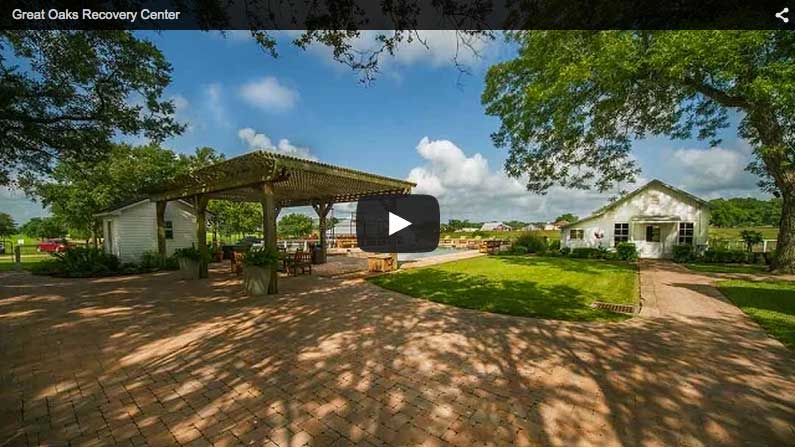The Concept of Habit Stacking
Productivity author and speaker S.J. Scott specializes in helping people simplify the process of creating lasting, effective habits. While he’s not the first person to do this—maybe you were a fan of the multi-million bestseller The 7 Habits of Highly Effective People by Stephen R. Covey, first published in 1989—Scott presents an easy approach that supports increasing your behavioral changes by “stacking” or linking new habits to existing ones.
For example:
- Imagine you already have an established habit, like walking the dog every morning before breakfast.
- To develop a new habit, you connect it to the dog-walking routine.
- If your goal is to drink more water every day, you might decide to have a full glass after you and your pup come back inside.
By associating the new habit with an established one, you make it easier to remember and integrate into your daily life. This process can take as little as four weeks but as long as six months.
On his website, Scott offers a variety of worksheets and other tools on various habit-stacking topics—like how to create a morning routine, for instance. He explores additional ways to do this in his books Habit Stacking: 97 Small Life Changes That Take Five Minutes or Less and Habit Stacking: 127 Ways to Improve Your Health, Wealth, and Happiness.
But again, he’s not the only one to delve deeper into this concept. Also check out Atomic Habits: An Easy and Proven Way to Build Good Habits and Break Bad Ones by James Clear and The Ritual Effect: From Habit to Ritual, Harness the Surprising Power of Everyday Actions by Michael Norton.
Why Does Habit Stacking Work?
In an article for the Cleveland Clinic, psychologist Lauren Alexander states, “without anything recognizable, life would be incredibly difficult. It would provoke tremendous anxiety because there would be no indication of what’s coming next.” This is why routines are important, especially for brain development and continued neuroplasticity—your brain’s ability to form connections.
“The thinking is that engaging in the already-existing habit will cue you to do your new one,” Alexander says. “This deliberate rewiring of our brain is called self-directed neuroplasticity.” You may have already adopted this method during addiction rehabilitation by eliminating negative behaviors and replacing them with more positive ones.
The American Center for Cancer Research also indicates that “neurons in the brain are information messengers that support behavior patterns. Some researchers posit that the more you do something, the stronger and more efficient the neuron connections become.”
Some studies also suggest that as we get older, it’s more challenging to make behavioral changes. Your brain naturally goes through a process called synaptic pruning, where it gets rid of connections between neurons. However, habit stacking provides positive conditioning by shaping your behavior with incentives. This makes it easier to reduce frustration and adapt to new changes—and stick with the routines that help you improve your health.
How to Start Habit Stacking
Here are some different resources that outline various ways to use this method in your life.
- American Heart Association Fit by Bit
- Clear’s Habit Cheat Sheet
- Hagen Growth Guide
- Scott’s Quick Start Guide
- The Science of Habits by the Greater Good Science Center
You might also enjoy these additional books about the process:
- Tiny Habits: The Small Changes That Change Everything by B.J. Fogg. This Stanford University researcher presents 20 years of study that indicate that celebrating little victories and reinforcing positive emotions make a difference in how well you’ll adhere to new habits.
- Good Habits, Bad Habits: The Science of Making Positive Changes That Stick by Wendy Wood. This University of Southern California professor of psychology and business examines how to unlock our habitual mind to make the changes we want.
- Elastic Habits: How to Create Smarter Habits That Adapt to Your Day by Stephen Guise. Behavioral change specialist Guise presents a slightly different view of habitual routine and adaptation.
Learn More About Yourself at Great Oaks
At Great Oaks Recovery Center outside of Houston, Texas, our board-certified clinical team uses a multidisciplinary approach to drug and alcohol rehabilitation, featuring hands-on experience from highly trained professionals who specialize in drug addiction, alcoholism, and dual diagnosis. Our goal is always whole-person wellness: mind, body, and spirit. So we provide vast access to different methods you can use to create a healthier life in recovery. Talk to a member of our admissions staff to learn more.



